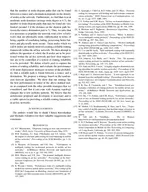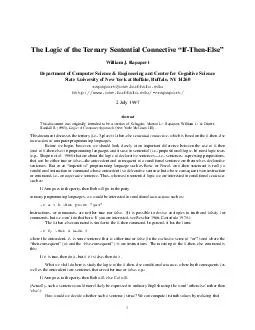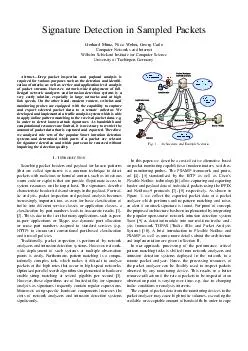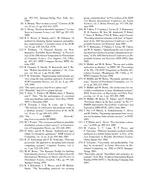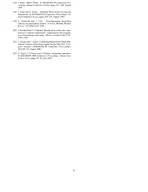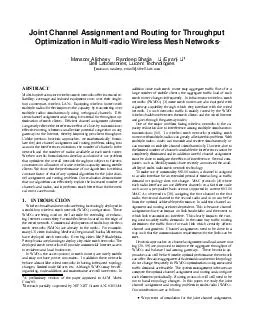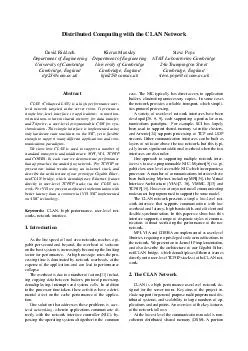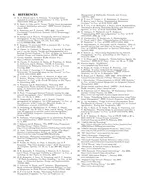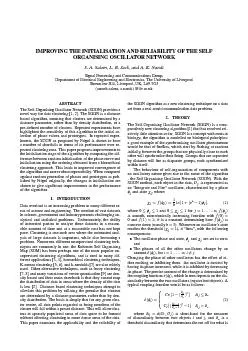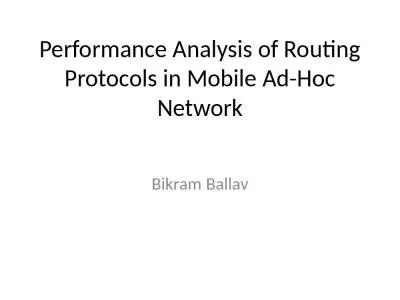PDF-Frame ork for Reliable Routing in Mobile Ad Hoc Netw orks Zhenqiang Department of Electrical
Author : tatyana-admore | Published Date : 2014-12-25
ucr edu Srikanth Krishnamurthy Satish K ripathi Department of Computer Science and Engineering Uni ersity of California Ri erside krishtripathicsucr edu Abstract
Presentation Embed Code
Download Presentation
Download Presentation The PPT/PDF document "Frame ork for Reliable Routing in Mobile..." is the property of its rightful owner. Permission is granted to download and print the materials on this website for personal, non-commercial use only, and to display it on your personal computer provided you do not modify the materials and that you retain all copyright notices contained in the materials. By downloading content from our website, you accept the terms of this agreement.
Frame ork for Reliable Routing in Mobile Ad Hoc Netw orks Zhenqiang Department of Electrical: Transcript
Download Rules Of Document
"Frame ork for Reliable Routing in Mobile Ad Hoc Netw orks Zhenqiang Department of Electrical"The content belongs to its owner. You may download and print it for personal use, without modification, and keep all copyright notices. By downloading, you agree to these terms.
Related Documents

